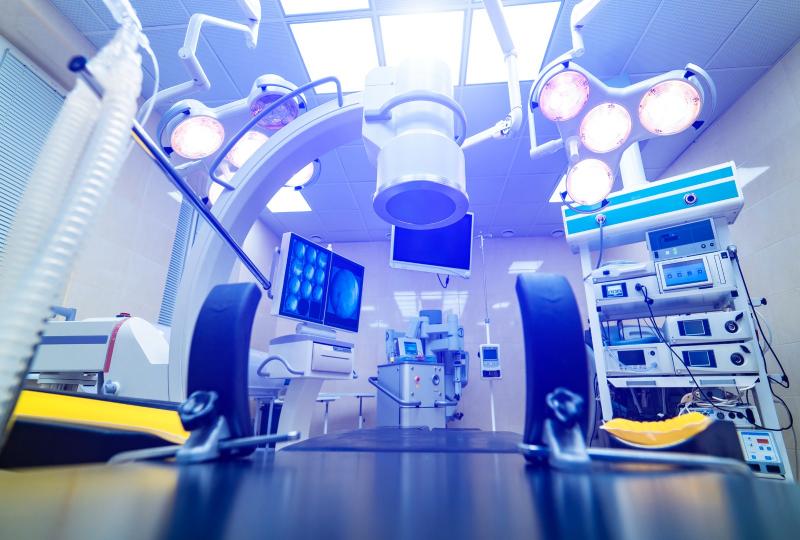Advancing Medical Device Cleaning Practices: Meeting the Demands of Modern Healthcare
Proper cleaning and disinfection of medical devices is crucial for healthcare facilities to prevent spread of infections. From surgical tools to diagnostic equipment, medical devices come in constant contact with patients and are prime sources of transmitting pathogens if not cleaned properly. This article discusses the importance of medical device cleaning and various aspects involved in the process.
Why is Medical Device Cleaning Important?
Healthcare Associated Infections (HAIs) are a major patient safety concern that significantly impact both morbidity and mortality. It is estimated that on any given day, about one in 25 hospital patients has at least one HAI. Medical devices contaminated during a procedure or examination can transmit harmful bacteria, viruses and other microbes to subsequent patients. Proper cleaning helps remove soil, debris and microorganisms, reducing the risk of infection transmission. Cleaning also preps the device surface for effective disinfection or sterilization. Failure to clean adequately may allow pathogens to survive on instruments, putting patient safety at risk.
Challenges in Device Cleaning
Medical devices come in various shapes, sizes and complex designs which makes complete cleaning challenging. Narrow lumens, intricate mated surfaces, articulating parts, heat sensitive components etc. can harbor residual organic debris if not addressed adequately. Other issues include lack of optimized cleaning protocols for new devices, heavy workload impacting thoroughness, incompatible or improper detergents etc. Newer technologies like lumened devices and endoscopes demand validated automated or manual cleaning techniques. Poor practices like rinsing under running water or using brushes inside delicate ports often fail to remove contaminants. Proper training of staff, use of specialized tools and strict auditing is required to meet cleaning standards consistently.
Steps in the Cleaning Process
A standard Medical Device Cleaning protocol involves pre-cleaning at the point of use; transportation to a centralized department ; inspection and disassembly as needed; cleaning with detergent and water using specialized equipment; rinsing; drying/lubrication; inspection and storage. Pre-cleaning removes any visible soil before the device dries up. Transportation containers must prevent contamination. Manual or automatic cleaning utilizes brushes, jets of water etc. while factoring material compatibility. Rinsing removes detergent residues to prevent adverse reactions during high level disinfection. Drying prevents microbial growth in moisture. Proper documentation and training oversees the whole process.
Importance of Guidelines and Standards
Regulatory agencies like FDA and CDC provide detailed guidance on cleaning methods, water quality, types of detergents etc. that should be adopted based on device material and design. Standards like AAMI TIR30 and ST79 assist in developing validated protocols. Facility-specific standard operating procedures must incorporate these national directives for each medical instrument. Regular audits evaluate adherence to protocols, cleaning/disinfection effectiveness, and staff competency. Non-conformities must be rectified through corrective and preventive actions to continuously improve cleaning assurance. Certification through organizations such as the Association for the Advancement of Medical Instrumentation supports achieving and maintaining high standards of reprocessing.
Advancements in Medical Device Cleaning
Automated washing systems have notably improved cleaning effectiveness and efficiency compared to manual methods. Advancements include single-chamber and multi-chamber washer-disinfectors with technologies like brushes, pulsed spray jets, wash-rinse cycles and controls for time, temperature and chemical parameters. Various types of detergents have been developed for specific device materials and soiling conditions. Recent innovations involve enzymatic cleaners, filtration-based systems, disposable instruments and sterilization by ethylene oxide or vaporized hydrogen peroxide where feasible. Several medical device OEMs provide cleaning systems as well as validation and training support. Adoption of these advancements help optimize reprocessing in line with ever evolving national and international standards.
Get more insights on Medical Device Cleaning
